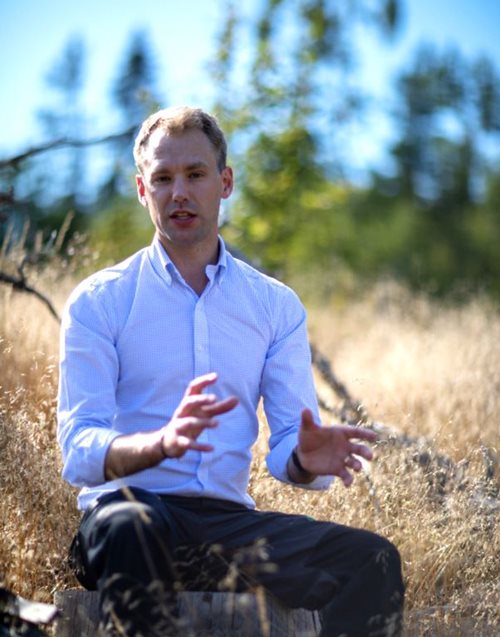Testing the forest industry's dream machines
Automation
At a workshop, representatives from the forestry industry were asked to look ten years into the future and consider what functions forestry machines, ideally, should have by that time. Many enthusiastic ideas were collected, and throughout 2024 researchers have used computer simulations to explore the potential of the various developmental avenues.

The workshop which was organised by Skogforsk resulted in more than 20 proposals on how the forwarders and harvesters of today could be developed further. Skogforsk's partner companies took part, and it is their proposals that now form the basis for a Mistra Digital Forest project in which various solutions for automation, remote control, energy supply and machine systems are being evaluated. In computer simulations, solutions are being tested both for the current two-machine system with forwarders and harvesters, and for machines that are a combination of them both.
To understand the potential, the researchers estimate both the time needed to harvest or transport one cubic metre of roundwood, as well as the cost of the simulated machine systems. Time expenditure is one way of measuring both efficiency and climate impact.
– All the proposals we are evaluating should be ready for operational testing in about ten years.’ Time. We aim to give machine manufacturers and other interested stakeholders an indication of the development potential for different machine systems, says Rikard Lundqvist, project manager at Skogforsk.
The study allows one operator to control two machines remotely
Among other things, the results of the workshop have led to a Mistra Digital Forest study exploring how harvesters and forwarders interact when controlled remotely by an operator, and whether the solution is advantageous from a time and cost perspective. In this study, the operator is on site in the forest, for example in a cabin close to the harvesting operation. This particular solution of letting one operator control two forest machines is relatively unexplored.

The study is part of a PhD project at Skogforsk, where PhD student Anders Rowell has built a model to test the remote control solution using discrete event simulation, a method that involves translating each step in the operation into a single event. This allows the simulation to “skip” from one event to the next without having to describe what happens in between.
– This makes the method flexible enough to analyse complex systems, and to integrate unexpected events that affect the work, for example, something as mundane as the operator taking a short break when their mobile phone rings, says Rowell:
– The two-machine system is a good concept that has not evolved significantly since the 1980s, but now there is new technology that offers scope for further development. However, we will only find out what such a solution would look like in purely technical terms, when we know whether this is a relevant developmental path. The study is a good basis for anyone who has to make this kind of development decision.
Another part of the PhD project, which is outside Mistra Digital Forest, will study how well the solution is suited to different harvesting methods such as clear cutting, mechanical thinning and gap felling.
Scientific papers are planned for 2025 and 2026.
– Currently, we are identifying where to focus our efforts. Hopefully, the initiative will result in us having new, relevant machine systems in place in ten years’ time, says Rikard Lundqvist.

